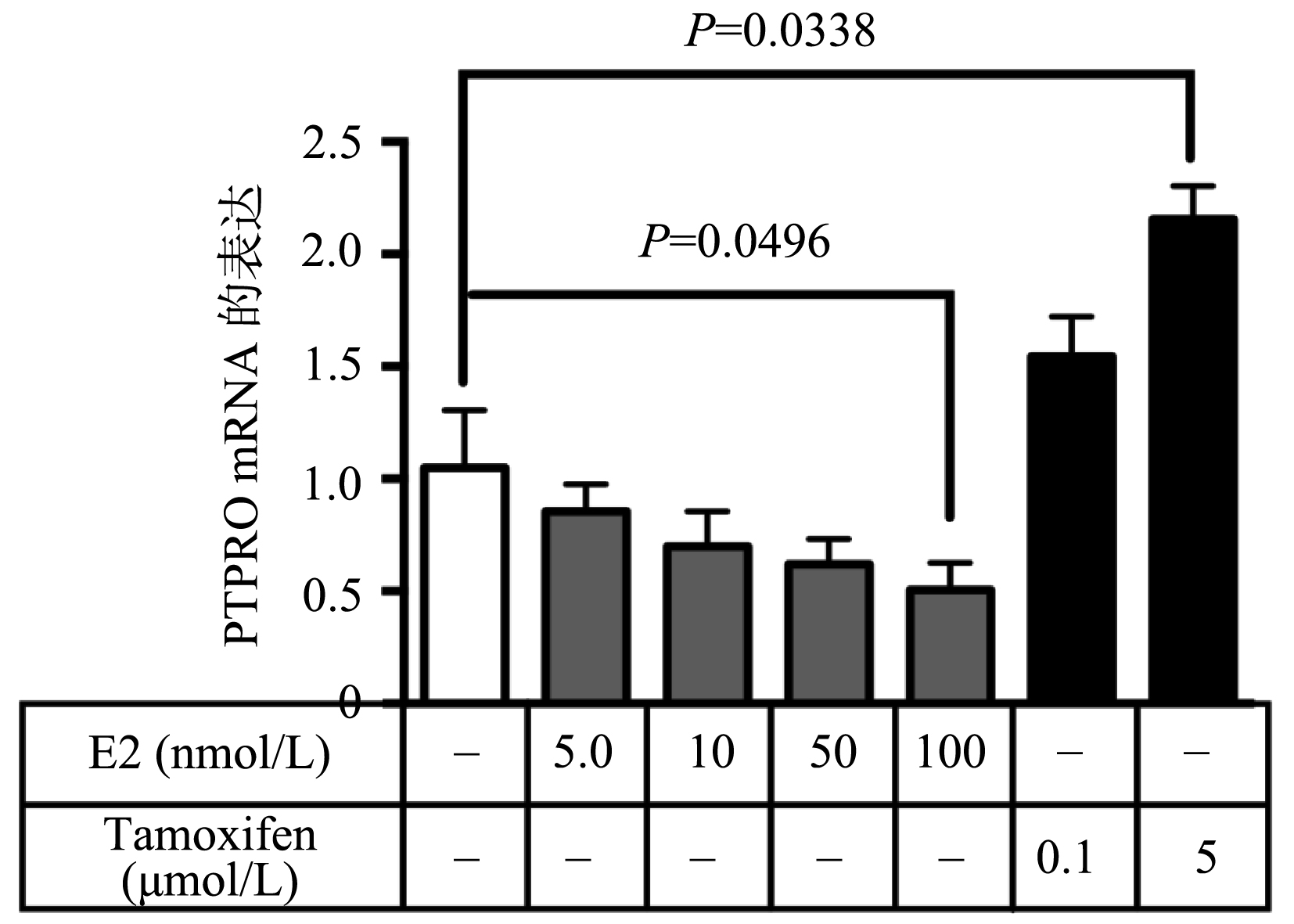| [1] |
Welsh GI, Saleem MA. Nephrin-signature molecule of the glomerular podocyte[J]. J Pathol, 2010, 220(3): 328-37
|
| [2] |
Ding F, Wickman L, Wang SQ, et al. Accelerated podocyte detachment and progressive podocyte loss from glomeruli with age in Alport Syndrome[J]. Kidney Int, 2017, 92(6): 1515-25 doi: 10.1016/j.kint.2017.05.017
|
| [3] |
Gong W, Yu J, Wang Q, et al. Estrogen-related receptor (ERR) γ protects against puromycin aminonucleoside-induced podocyte apoptosis by targeting PI3K/Akt signaling[J]. Int J Biochem Cell Biol, 2016, 78(1): 75-86
|
| [4] |
杨霁云, 盛芳芸. 小儿肾病综合征[J]. 中国实用儿科杂志, 1990, 5(1): 1-3
|
| [5] |
Rheault MN. Nephrotic and nephritic syndrome in the newborn[J]. Clin Perinatol, 2014, 41(3): 605-18 doi: 10.1016/j.clp.2014.05.009
|
| [6] |
Zhao Y, Su BG, Xiao HJ, et al. Clinical characteristics of glucocorticoid-induced eye adverse reactions in children with primary nephrotic syndrome[J]. J Peking Univ (Healt Sci), 2017, 49(5): 794-7
|
| [7] |
Bettaieb A, Koike S, Hsu MF, et al. Soluble epoxide hydrolase in podocytes is a significant contributor to renal function under hyperglycemia[J]. Biochim Biophys Acta, 2017, 1861(11 Pt A): 2758-65
|
| [8] |
Ito Y, Hsu MF, Bettaieb A, et al. Protein tyrosine phosphatase 1B deficiency in podocytes mitigates hyperglycemia-induced renal injury[J]. Metabolism, 2017, 76(2): 56-69
|
| [9] |
Kim NH. Podocyte hypertrophy in diabetic nephropathy[J]. Nephrology (Carlton), 2005, 10(2): S14-6
|
| [10] |
Delézay O, He Z, Hodin S, et al. Glomerular filtration drug injury: In vitro evaluation of functional and morphological podocyte perturbations[J]. Exp Cell Res, 2017, 361(2): 300-7 doi: 10.1016/j.yexcr.2017.10.031
|
| [11] |
Abraham VC, Miller LN, Pratt SD, et al. Implementation of a human podocyte injury model of chronic kidney disease for profiling of renoprotective compounds[J]. Eur J Pharmacol, 2017, 815(9): 219-32
|
| [12] |
Ji H, Menini S, Mok K, et al. Gonadal steroid regulation of renal injury in renal wrap hypertension[J]. Am J Physiol Renal Physiol, 2005, 288(3): F513-20 doi: 10.1152/ajprenal.00032.2004
|
| [13] |
Fung MM, Poddar S, Bettencourt R, et al. A cross-sectional and 10-year prospective study of postmenopausal estrogen therapy and blood pressure, renal function, and albuminuria: the Rancho Bernardo Study[J]. Menopause, 2011, 18(6): 629-37 doi: 10.1097/gme.0b013e3181fca9c4
|
| [14] |
Ming F, Sun Q. Epigenetically silenced PTPRO functions as a prognostic marker and tumor suppressor in human lung squamous cell carcinoma[J]. Mol Med Rep, 2017, 16(1): 746-54 doi: 10.3892/mmr.2017.6665
|
| [15] |
Sharif K, Goyal M, Kershaw D, et al. Podocyte phenotypes as defined by expression and distribution of GLEPP1 in the developing glomerulus and in nephrotic glomeruli from MCD, CNF, and FSGS. A dedifferentiation hypothesis for the nephrotic syndrome[J]. Exp Nephrol, 1998, 6(3): 234-44 doi: 10.1159/000020528
|
| [16] |
Tian J, Wang HP, Mao YY, et al. Reduced glomerular epithelial protein 1 expression and podocyte injury in immunoglobulin A nephropathy[J]. J Int Med Res, 2007, 35(3): 338-45 doi: 10.1177/147323000703500308
|
| [17] |
Clement LC, Liu G, Perez-Torres I, et al. Early changes in gene expression that influence the course of primary glomerular disease[J]. Kidney Int, 2007, 72(3): 337-47 doi: 10.1038/sj.ki.5002302
|
| [18] |
Charba DS, Wiggins RC, Goyal M, et al. Antibodies to protein tyrosine phosphatase receptor type O (PTPro) increase glomerular albumin permeability (P(alb))[J]. Am J Physiol Renal Physiol, 2009, 297(1): F138-44 doi: 10.1152/ajprenal.00122.2008
|
| [19] |
Zhao S, Gu X, Groome LJ, et al. Decreased nephrin and GLEPP-1, but increased VEGF, Flt-1, and nitrotyrosine, expressions in kidney tissue sections from women with preeclampsia[J]. Reprod Sci, 2009, 16(10): 970-9 doi: 10.1177/1933719109338630
|
| [20] |
Ramaswamy B, Majumder S, Roy S, et al. Estrogen-mediated suppression of the gene encoding protein tyrosine phosphatase PTPRO in human breast Cancer: mechanism and role in tamoxifen sensitivity[J]. Mol Endocrinol, 2009, 23(2): 176-87 doi: 10.1210/me.2008-0211
|
| [21] |
王有晶. 雌激素敏感受体PTPRO对肝细胞肝癌发生的抑制作用[D]. 南京: 南京医科大学, 2013.
|







 下载:
下载:





